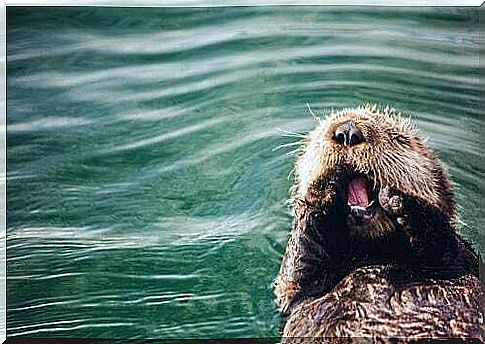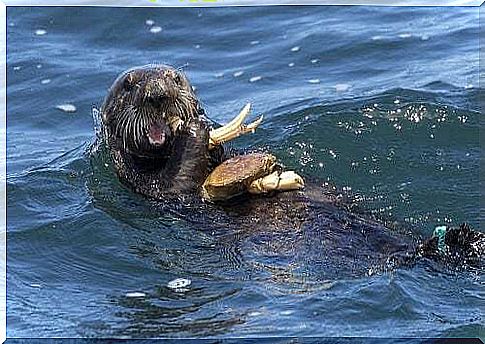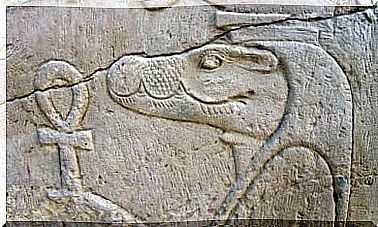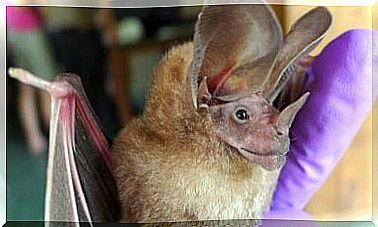The Archeology Behind The Habits Of The Sea Otter

The sea otter is a mustelid with very unique habits, as it uses tools to open the shell of the food it feeds on. Similar to those used by man, these tools leave a very important archaeological trace for the study of fauna. Let’s discover together the archeology behind the habits of the sea otter.
Let’s discover the sea otter together
The sea otter ( Enhydra lutris ) is a fascinating animal that lives in the North Pacific: this endangered mustelid can be found from the coasts of Japan to those of California.
It can weigh up to 45 kilograms: it is the heaviest mustelid but at the same time one of the smallest marine mammals. To protect itself from the cold waters of the marine environment, it has one of the thickest coats in the animal kingdom. In fact, the sea otter hardly moves on land.
The sea otter is one of the most important key species for the planet because it keeps an algae consumer such as the sea urchin at bay. Indeed, if sea otters disappeared, sea urchins would destroy ecosystems, as has already happened in some parts of the planet.

The sea otter feeds on various types of marine invertebrates, such as mollusks, crustaceans and the aforementioned sea urchins, which require the use of tools to open. The sea otter hits the shells and shells of these animals with stones, while supporting them with its belly.
The archeology behind the habits of the sea otter
Thanks to the use of these tools, it is possible to carry out archaeological studies to trace the remains of fossils, both as regards humans and primates such as the capuchin monkey.
On many occasions the sea otter splits the shells of mussels and other marine animals against the rocks of the coast, a behavior that has been monitored by recent scientific investigations.
In particular, the researchers at the Max Plank Institute were able to record the type of rocks used to break the mussels, which makes it possible to trace a very precise perimeter of the places and not to confuse them with the deposits of other species that use tools for eating. molluscs, such as humans.
This allows not only to study the human coastal populations in a more precise way, but also to trace the ancient distribution of the sea otter. In fact, archaeological sites have been found in the places where these animals currently do not live.

An endangered mammal
The sea otter is in serious danger of extinction: of the approximately 200,000 specimens today only around 1,000 and 2,000 survive. The main cause of this phenomenon is the hunt for leather, which took place between the 18th and 19th centuries. This means that their distribution has currently been reduced to a third of the original and makes the archaeological remains of these animals and their use of tools even more valuable and interesting.
Unfortunately, the ecological disasters caused by oil tankers and fishing still put this beautiful animal at risk, whose conservation has been successful despite the hunting of tens of thousands of specimens. We hope not to have to settle for the archaeological remains of this species and to be able to observe it in the wild for many more years.









